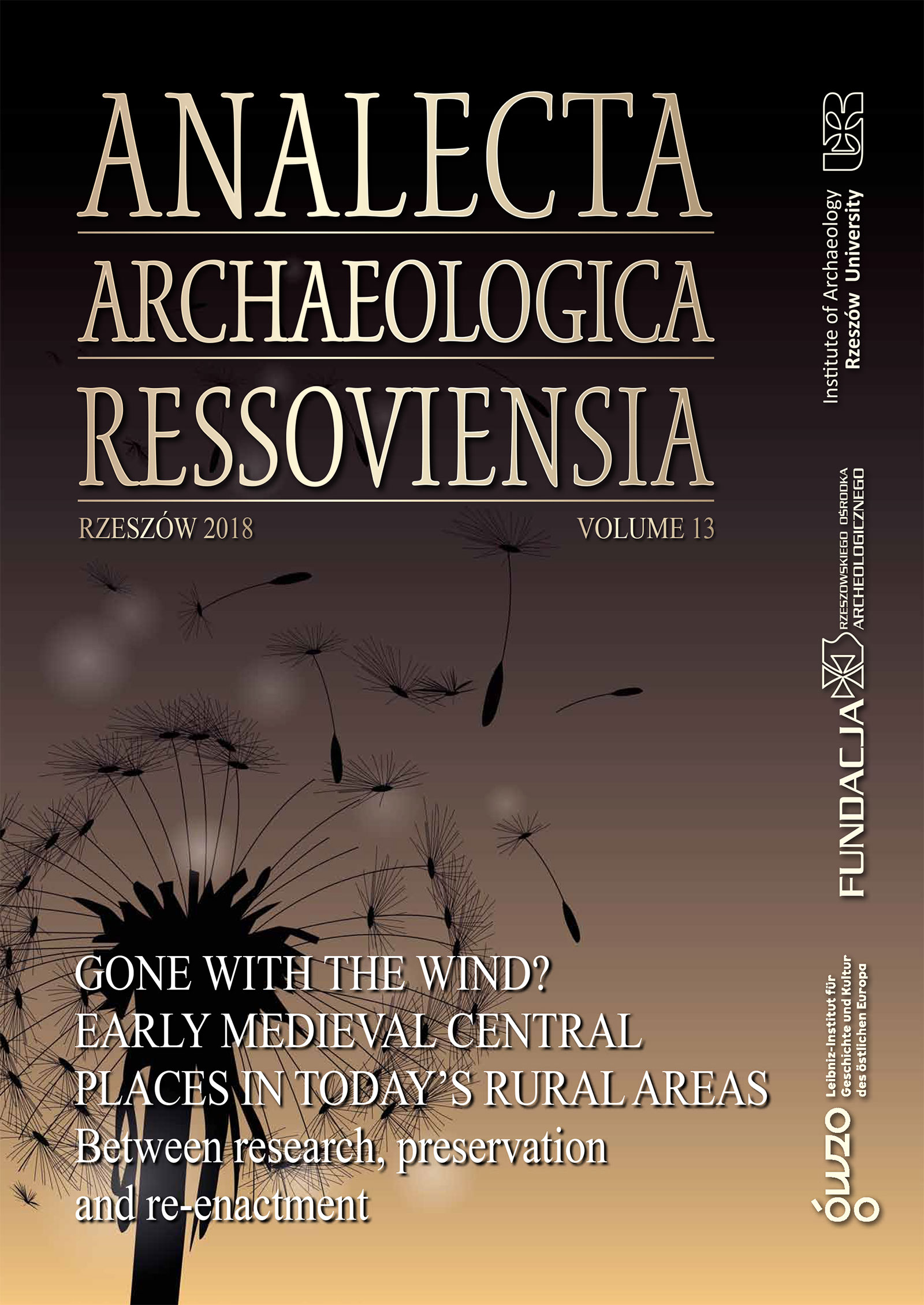Lithuanian Troy: Preservation and Interpretation of Kernavė, a UNESCO World Heritage Archaeological Site
DOI:
https://doi.org/10.15584/anarres.2018.13.22Keywords:
Kernavė Archaeological Site, hillfort, archaeological heritage preservation, archaeological heritage interpretationAbstract
Contemporary Kernavė is a small town, located 35 km north-west of Vilnius, on the right bank of the Neris River. However, the names often used to describe the Archaeological Site of Kernavė are the “Troy of Lithuania” or the “Mecca of archaeologists” (Bitner-Wróblewska et al. 2002). The cultural landscape and numerous archaeological objects situated in the area testify to the cultures which have existed there since the Final Palaeolithic to this day. The Kernavė Archaeological Site, an area of unique archaeological and historical value, was inscribed on the UNESCO World Heritage List in 2004. The interpretation of archaeological heritage is important for the understanding of the origins and development of modern society; it is also important for promoting the understanding of the need for its preservation (see Carman 2015). The paper seeks to present the Archaeological Site of Kernavė in regard to its preservation, management and interpretation.

